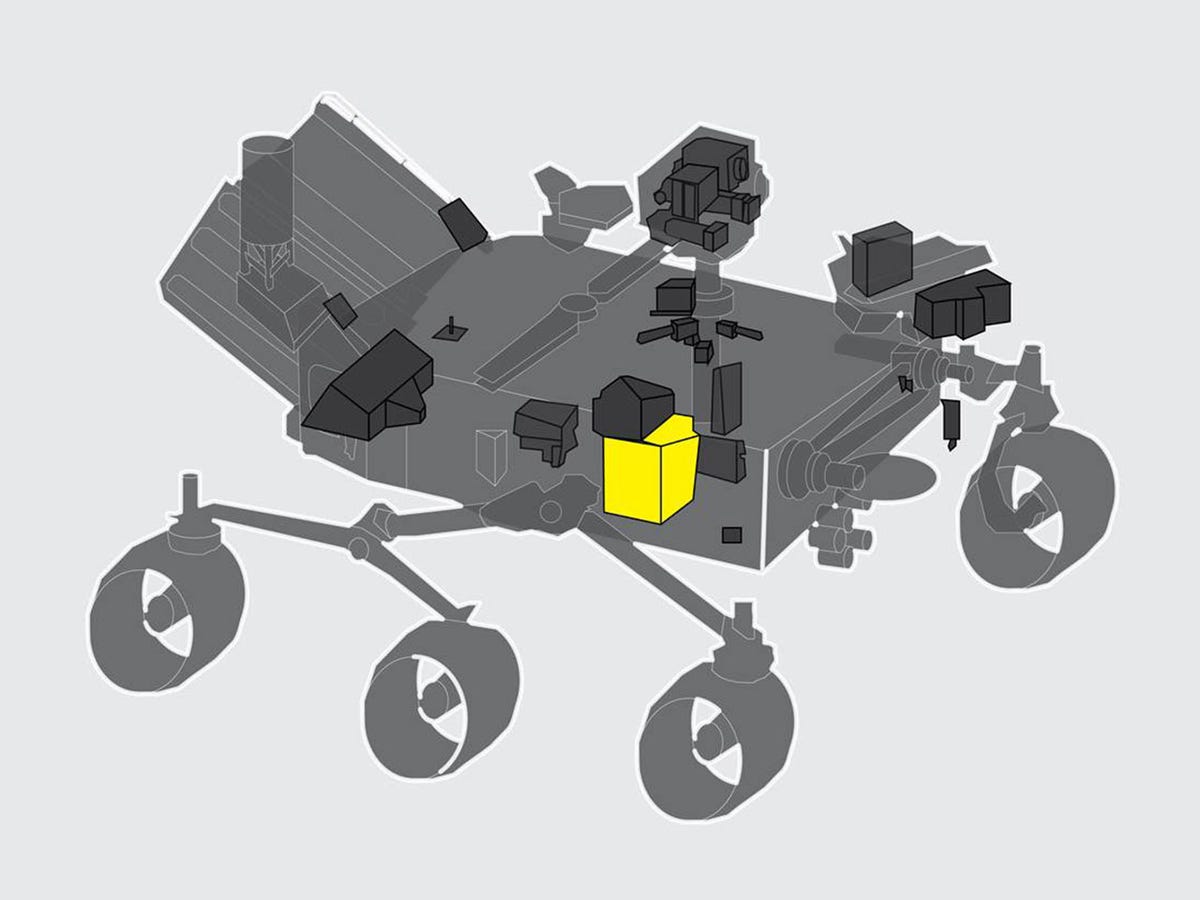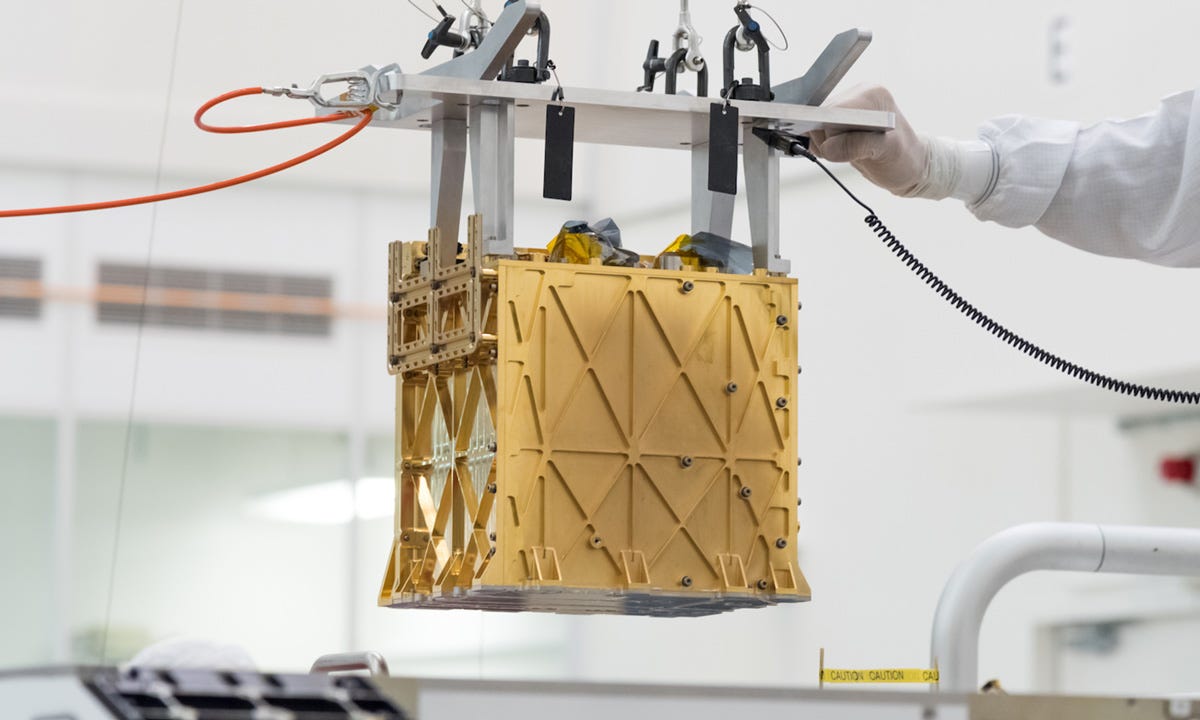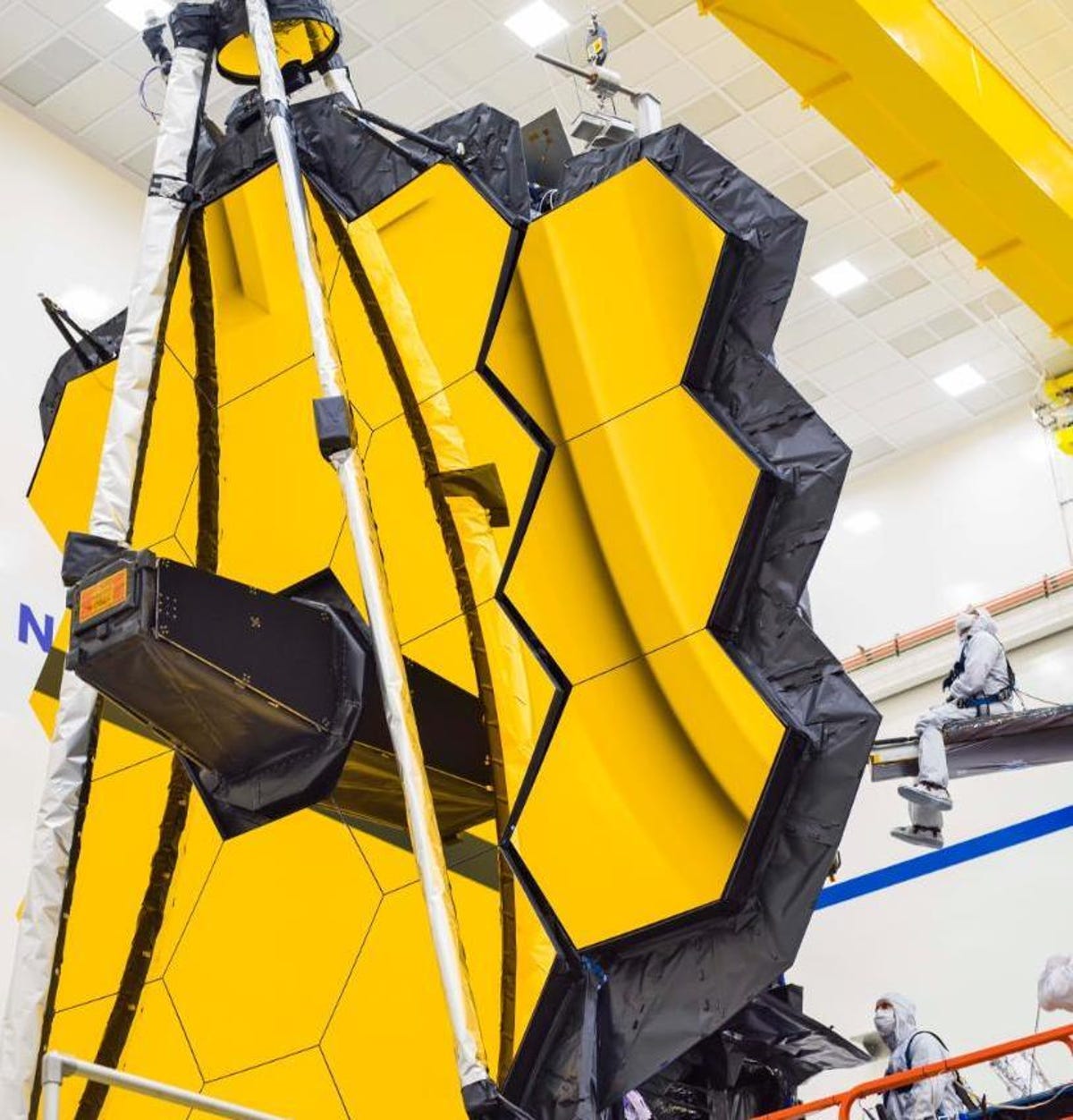When NASA’s robotic probe blasted off to Mars last year, it brought with it a small gold box, called MOXIE, to experiment with using on-site oxygen resources on Mars.
Since then, MOXIE has been producing oxygen from the thin Martian air.
And Wednesday in Science Advances, the team behind this strange tool confirmed that MOXIE works so well that its oxygen production is comparable to the modest production rate of Earth’s tree.
By the end of 2021, extensive data showed that MOXIE had successfully reached its target oxygen output of six grams per hour during seven separate experimental cycles, as well as in a variety of weather conditions. This includes day and night, the different seasons of Mars and other things like that.
“The only thing we haven’t shown is running at dawn or dusk, when the temperature changes dramatically,” Michael Hecht, principal investigator on the MOXIE mission at MIT’s Haystack Observatory, said. He said in a press release. “We really have it up our sleeve that allows us to do that, and once we test that in the lab, we can reach this last milestone to show that we can really run at any time.”

This is where MOXIE is located on the Mars rover.
NASA
For scientists and space agencies alike, it’s especially exciting that MOXIE’s promise is strong, as proposed timelines for astronaut-laden Mars missions loom to learn how to keep space explorers on the Red Planet safe in the future.
SpaceX CEO Elon Musk’s goal of landing humans on Mars appears to be 2029, for example, and that of NASA. Upcoming Artemis I Moon Mission It aims to pave the way for Mars flights Planned in the 1930s or 1940s. “To support a human mission to Mars, we have to bring a lot of things from Earth, like computers, spacesuits, and habitats,” Jeffrey Hoffman, deputy principal investigator at MOXIE and professor at MIT, said in a press release. “But stupid old oxygen? If you can get there, go find it – you’re way ahead of the game.”
As it stands, MOXIE is pretty small (basically the size of a toaster), but that’s probably a good thing. This means that if scientists can somehow increase the volume of the decorated cube, MOXIE can produce more than six grams of oxygen per hour.
“We have learned a tremendous amount that will guide future systems on a larger scale,” Hecht said.
Perhaps one day, the researchers say, it could eventually produce oxygen at the rate of several hundred trees, thus sustaining astronauts once they reach Mars and fueling the rockets that require the element of life to bring the crew back to Earth.
“Astronauts who spend a year on the surface may use one metric ton between them,” Hecht said in a NASA news release last year. But, According to the space agencyGetting four astronauts off the surface of Mars on a future mission would require roughly 15,000 pounds (7 metric tons) of rocket fuel and 55,000 pounds (25 metric tons) of oxygen. Getting all this oxygen from the Earth would be both prohibitively expensive and inefficient.
So, says Hoffman, why not just produce all the oxygen on the arid planet itself?
How does MOXIE work?
On Mars, MOXIE is actively converting carbon dioxide in the Martian atmosphere – where the element makes up a whopping 96% – into breathable oxygen.
A little bit of chemistry 101 is that carbon dioxide molecules are made up of one carbon atom and two oxygen atoms. These little pieces are basically glued together. But a tool inside MOXIE, called a solid oxide electrolyzer, can collect the oxygen fragments inside the carbon dioxide molecules that scientists are interested in. Once completed, all the floating oxygen molecules are recombined into O2, also known as two oxygen atoms, better known as the type of oxygen we know and love.
I know it’s different, but I’m still thinking about Pixar’s WALL-E doing it. So, as wal-e says: Ta-da!

Technicians at NASA’s Jet Propulsion Laboratory lowered the Mars Oxygen Resource Utilization Experiment (MOXIE) instrument into the stomach of the persistent rover.
NASA/JPL-Caltech
“This is the first demonstration of actually using resources on the surface of another planetary body, and chemically converting them into something that could be useful for a human mission,” Hoffman said. “It is historical in that sense.”
All the way through, this process requires the use of super heat – temperatures reach around 1,470 degrees Fahrenheit (800 degrees Celsius) – which is what gives MOXIE its distinctive golden coating.
As with NASA’s flagship James Webb Space Telescope, MOXIE must be protected from infrared heat because it operates with the same heat. The gold plating does just that, and in fact JWST mirrors are gold-plated for the exact reason too.

One of the main mirror wings of the James Webb Space Telescope opens in place during the final test of the mirror diffusion system in May 2021. Check out this gold-plated beauty.
NASA
Next, the MOXIE team intends to demonstrate that MOXIE performs well even under more intense conditions, such as the upcoming run that will occur during “the highest intensity of the year,” Hecht said. “We will put everything as high as we dare, and let it run for as long as possible.”

“Certified music scholar. Freelance analyst. Social mediaholic. Hipster-friendly web nerd. Zombie buff.”
